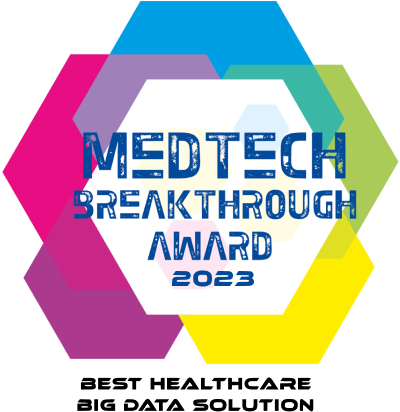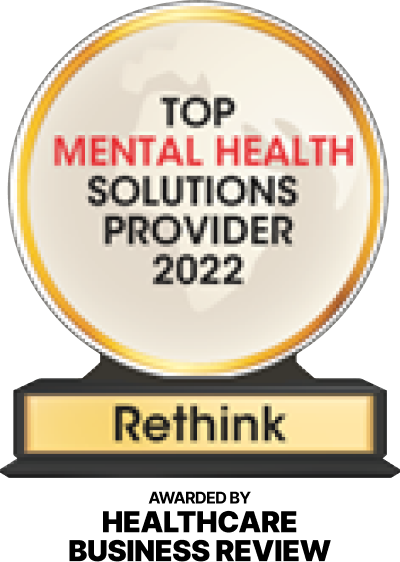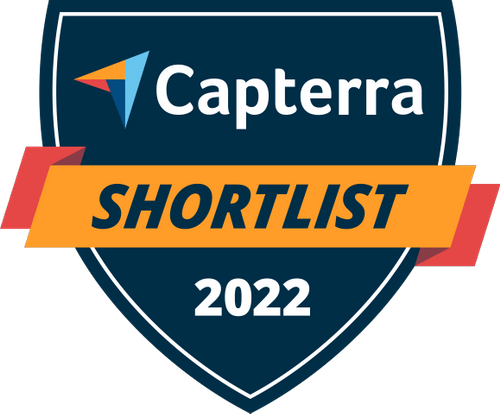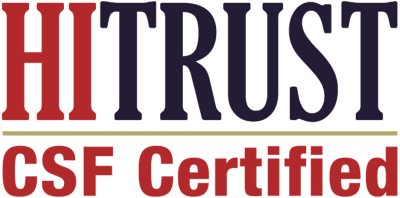Standards based educational reform has been moving through the public-school system for decades. There is a strong belief that there are basic academic skills that should be demonstrated by all students and that teacher effectiveness and student achievement can be better assessed if there is a set of standards to guide all educators. However, some students, those described by the federal government as having significant cognitive disabilities, may not be able to achieve these academic standards even with high quality instruction. For these students with significant cognitive disabilities, alternate achievement standards have been adopted in multiple states. These alternate standards are designed for a very small proportion, one percent, of the school-aged population.
IDEA, the guiding legislation for special education, indicates that students with disabilities should have access to the general education curriculum and that they should be educated with their typically developing peers for the greatest extent possible. Students with significant cognitive disabilities are educated primarily in self-contained classroom settings without the benefits of frequent interaction with typically developing peers. There is a call to action for this to change; that ideally all students would be educated in a single educational context. One of the reasons for this call to action is that students enrolled in these segregated settings are not achieving long-term quality of life outcomes such as employment and independent living.
With effective instruction, students with significant cognitive disabilities can learn and make progress. Although it may not be reasonable to assume that students with the most significant disabilities achieve the same outcomes as those without disabilities, it is important that the educational system convey high expectations for all students. When an alternate system is created, it can lead to a sense of hierarchy; that one system (standards for 99% of the student population) is above another (standards for 1% of the student population). There are countless examples of adult success. Whatever the educational environment, there must be an expectation that all students exit high school and enter adulthood as meaningful contributors to society.
About the Author
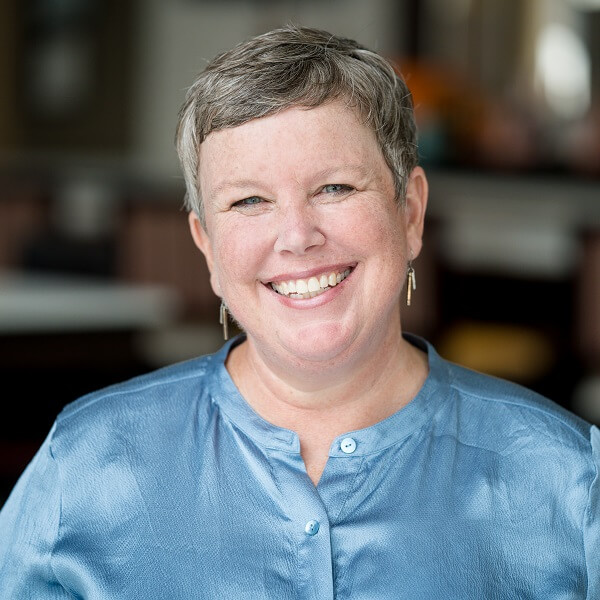
Executive Director of Proof Positive: Autism Wellbeing Alliance
Prior to joining Rethink, she was the National Director for Autism Services at Easter Seals, one of the largest social service providers for individuals with autism. Dr. Wright has a passion for education and has dedicated her career to ensuring that individuals with disabilities are fully included in society.










